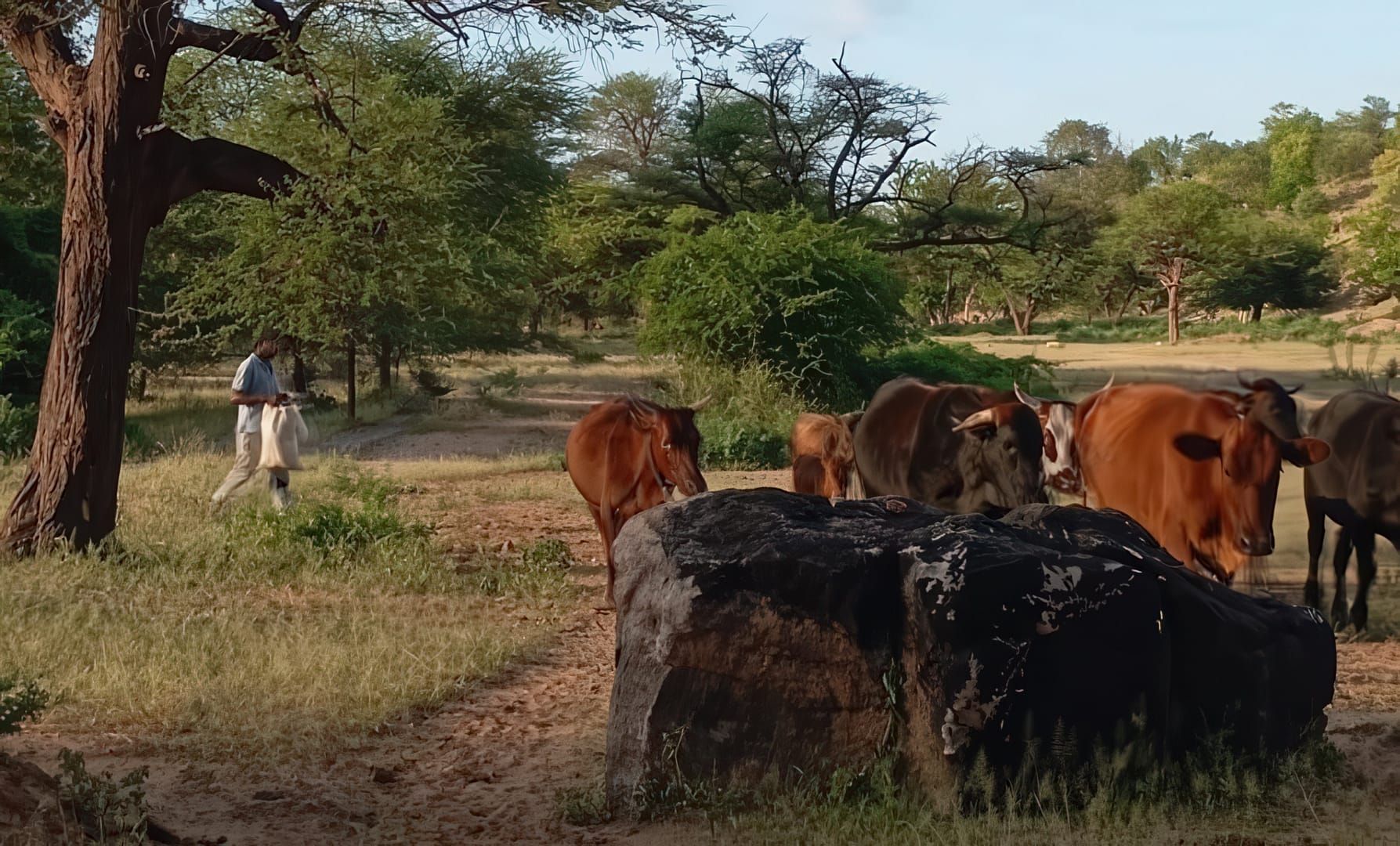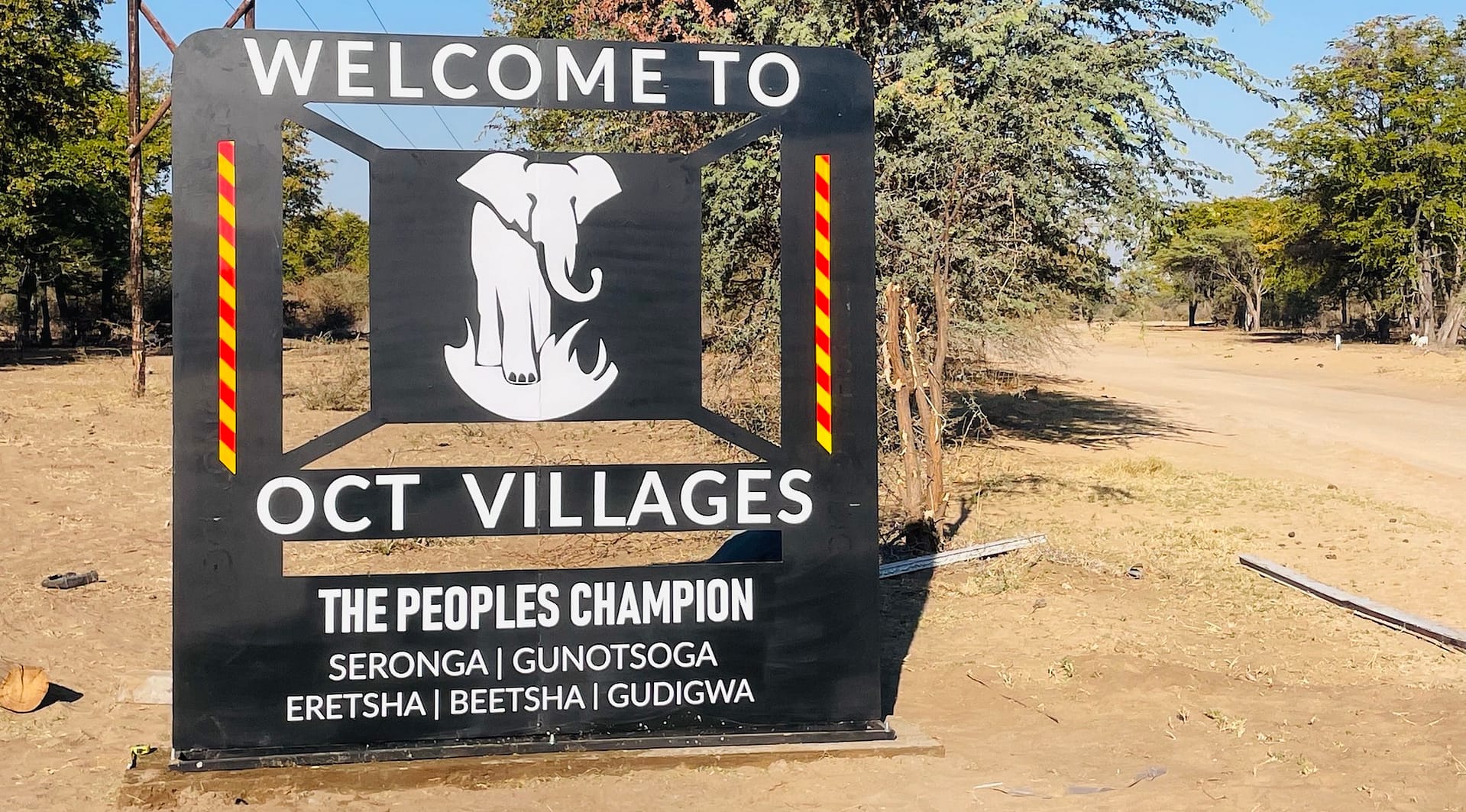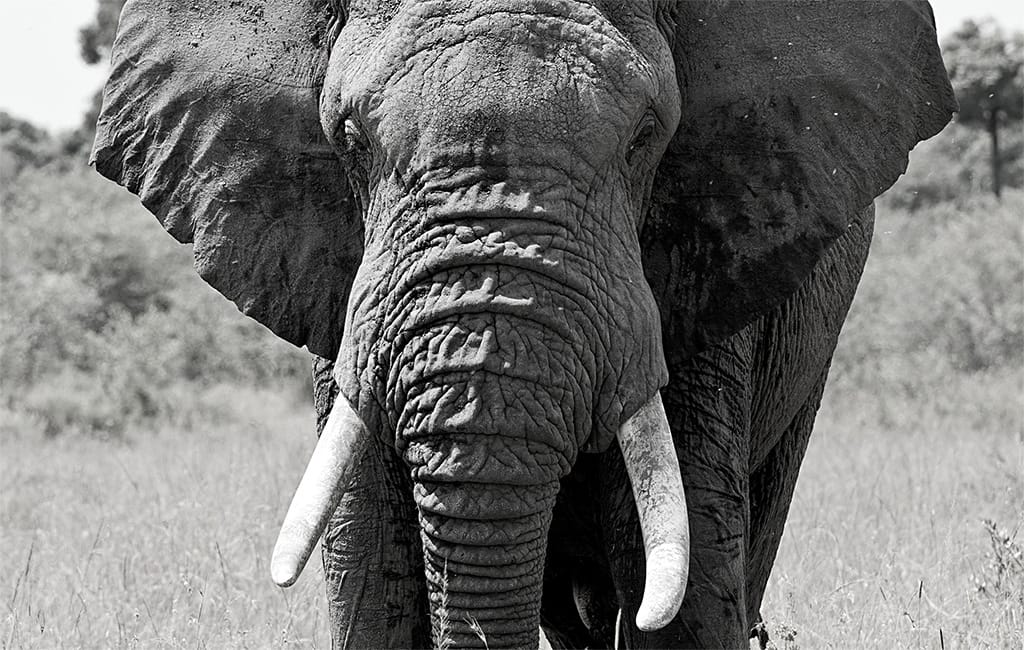Human-lion conflict is a pressing issue in Hwange District, Zimbabwe, where livestock depredation by lions and other predators is a significant threat to farmers’ livelihoods. According to the Hwange Rural District Council (RDC) Environment Department’s Problem Animal Control report book for 2024, lions were responsible for 120 livestock losses, hyenas for 125, crocodiles for 86, and leopards for 35. Although lions prey on almost all livestock, they kill more cattle than any other predator, which means that lions cause the most damages in terms of economic value.
In Zimbabwe’s Hwange District, an innovative solution is helping to mitigate human-elephant conflict (HEC) and change the lives of local communities. Chili fences are a non-lethal method of protecting crops and reducing conflicts between humans and elephants. The chili fence strategy was made possible by the generous support of Connected Conservation, who donated chili fence materials. By working hand-in-hand with local communities, the initiative has significantly reduced human-elephant conflict.
Viewed from space, the world-famous Okavango Delta looks like a large pan attached to a handle – the Okavango River. The ‘pan-handle’ area includes villages along the western and eastern banks of the river – those on the west are located near a tar road that connects Namibia with northern Botswana. Those on the east have a dirt road that connects with the west over one river crossing, which until very recently (a bridge built in 2022) involved crossing the Okavango River using a pontoon.
Dr Rodgers Lubilo and Malidadi Langa discuss the main issues that were addressed during the first-ever African Indigenous Peoples and Local Communities Conservation Congress. Land rights, resource use rights, human wildlife conflict and building an African Alliance to amplify African voices are among the highlights. We will continue to work together with our partners across Africa to create a movement for conservation that truly benefits African people.
This article was published in Africa Geographic on October 27, 2022 and authored by Gail Thomson. We publish the article in full here:
When COVID19 spread across the globe in 2020, disrupting international and regional tourism, it was the small-scale participants benefitting from tourism activities who were most critically affected.






